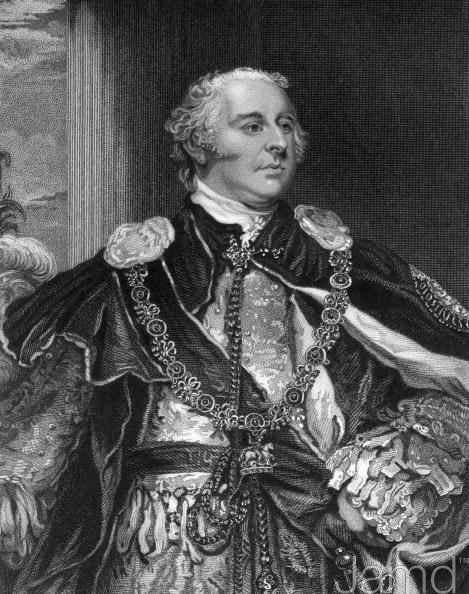Preceded by The Earl Fitzwilliam Spouse Frances Molesworth | Monarch George III Party Tories Name John 1st Children Caroline Pratt | |
 | ||
Succeeded by The Marquess Cornwallis People also search for Robert Jenkinson, 2nd Earl of Liverpool, Alexander Robert Stewart, William Pitt the Younger | ||
John Jeffreys Pratt, 1st Marquess Camden, (11 February 1759 – 8 October 1840), styled Viscount Bayham from 1786 to 1794 and known as The Earl Camden from 1794 to 1812, was a British politician. He served as Lord Lieutenant of Ireland between 1795 and 1798 and as Secretary of State for War and the Colonies between 1804 and 1805.
Contents
Background and education
Camden was born at Lincoln's Inn Fields, London, the only son of Lord Chancellor Charles Pratt, 1st Earl Camden, and Elizabeth, daughter of Nicholas Jeffreys, of The Priory, Brecknockshire. He was baptised on the day Halley's Comet appeared. He was educated at the University of Cambridge (Trinity College).
Political career
In 1780 Camden was elected Member of Parliament for Bath and obtained the position of Teller of the Exchequer the same year, a lucrative office which he kept until his death, although after 1812 he refused to receive the large income arising from it. He served under the Earl of Shelburne as Lord of the Admiralty between 1782 and 1783 and in the same post under William Pitt the Younger between 1783 and 1789, as well as a Lord of the Treasury between 1789 and 1792.
In 1793 he was sworn of the Privy Council. In 1794 he succeeded his father in the earldom, and the following year he was appointed Lord Lieutenant of Ireland by Pitt.
Disliked in Ireland as an opponent of Roman Catholic emancipation and as the exponent of an unpopular policy, Camden's term of office was one of turbulence, culminating in the rebellion of 1798; his refusal to reprieve the United Irishman William Orr, convicted of treason on the word of one witness of dubious credit, aroused great public indignation.
Immediately after the suppression of the rising Camden resigned. In 1804 he became Secretary of State for War and the Colonies under Pitt, and in 1805 Lord President of the Council, an office he retained until 1806. He was again Lord President from 1807 to 1812, after which date he remained for some time in the cabinet without office. In 1812 he was created Earl of Brecknock and Marquess Camden.
Camden was also Lord Lieutenant of Kent between 1808 and 1840 and Chancellor of Cambridge University between 1834 and 1840. He was made a Knight of the Garter in 1799 and elected a Fellow of the Society of Antiquaries of London in 1802.
Family
Lord Camden married Frances, daughter of William Molesworth, in 1785. She died at Bayham Abbey, Sussex, in July 1829. Lord Camden survived her by eleven years and died at Seale, Surrey, on 8 October 1840, aged 81. He was succeeded by his only son, George.
The family owned and lived in a house located at 22 Arlington Street in St. James's, a district of the City of Westminster in central London, which is adjoining the Ritz Hotel. In the year of his death, he sold the house to Major Henry Somerset, 7th Duke of Beaufort.
